Tea, the second most consumed beverage globally after water, has captivated civilizations for millennia with its rich history, cultural significance, and diverse flavors. Originating in ancient China, this aromatic elixir has evolved into a global phenomenon, with thousands of varieties cultivated across continents. The classification of tea is a nuanced science, rooted in processing methods, oxidation levels, and botanical origins. This article delves into the six primary categories of true tea—white, green, yellow, oolong, black, and dark—as well as herbal infusions, exploring their unique attributes, production techniques, and cultural contexts.
The Foundation of Tea Classification
Tea’s taxonomy hinges on two critical factors: the Camellia sinensis plant variety and the processing methods employed post-harvest. All traditional teas derive from this evergreen shrub, with regional variations (e.g., sinensis vs. assamica) influencing leaf size, flavor, and caffeine content. The pivotal differentiator, however, is oxidation—a chemical process where enzymes in tea leaves interact with oxygen, altering their taste, color, and aroma. By controlling oxidation through heating, rolling, and fermentation, artisans craft distinct tea types.
White Tea: The Epitome of Delicacy
Processing: Minimally oxidized (0–10%), white tea undergoes the simplest production. Leaves are harvested before maturity, often including silvery buds, and immediately withered in natural sunlight or indoor facilities. No rolling or fermentation occurs, preserving the leaf’s integrity.
Characteristics: Renowned for its subtle, floral notes and pale liquor, white tea boasts the highest concentration of antioxidants, particularly catechins. Its flavor profile leans toward light, fresh, and slightly sweet, with hints of hay or cucumber.
Notable Varieties:
- Silver Needle (Bai Hao Yin Zhen): Comprising only buds, this Chinese rarity offers a velvety texture and delicate aroma.
- White Peony (Bai Mu Dan): A blend of buds and young leaves, yielding a fuller body and nutty undertones.
Cultural Significance: Historically reserved for Chinese imperial courts, white tea symbolizes purity and simplicity. Modern production centers in Fujian Province, China, and Darjeeling, India, cater to global demand.
Green Tea: The Zen of Unoxidized Leaves
Processing: To halt oxidation, green tea leaves are heated—either steamed (Japanese style) or pan-fried (Chinese method)—immediately after plucking. This preserves chlorophyll, resulting in vibrant green hues and grassy, vegetal flavors.
Characteristics: High in catechins like EGCG, green tea is celebrated for its brisk, astringent taste and health benefits. Flavors range from seaweed-like (sencha) to toasty (hōjicha) or nutty (genmaicha).
Notable Varieties:
- Longjing (Dragon Well): A pan-fired Chinese green tea with chestnut notes and a smooth finish.
- Sencha: Japan’s most popular tea, steamed for a vibrant green color and grassy aroma.
- Matcha: Powdered green tea used in Japanese ceremonies, offering a creamy, umami-rich profile.
Cultural Significance: Green tea is integral to East Asian rituals, from Japanese tea ceremonies to Chinese Guanxi gift-giving. Its minimal processing embodies harmony with nature.
Yellow Tea: The Rare Intermediate
Processing: A rare and labor-intensive category, yellow tea undergoes a unique “sealed yellowing” phase. After initial withering and pan-frying, leaves are wrapped in paper or cloth, allowing controlled oxidation and mild fermentation.
Characteristics: Smoother than green tea but less astringent than oolong, yellow tea offers a mellow, sweet taste with floral or fruity notes. Its liquor appears golden-yellow.
Notable Varieties:
- Jun Shan Yin Zhen: A Chinese treasure from Hunan Province, prized for its orchid-like fragrance.
- Huo Shan Huang Ya: A delicate tea from Anhui, featuring a chestnut-like sweetness.
Cultural Significance: Once reserved for Chinese emperors, yellow tea’s obscurity stems from its complex production and limited cultivation areas.
Oolong Tea: The Art of Partial Oxidation
Processing: Oolong teas are semi-oxidized, with levels ranging from 8% to 85%. Leaves are bruised to initiate oxidation, then fired to halt the process. The result is a spectrum of flavors—from floral and green to robust and roasted.
Characteristics: Oolongs are celebrated for their complexity, often described as having “orchid” or “peach” aromas. Lightly oxidized varieties (e.g., Tie Guan Yin) mirror green teas, while dark-oxidized options (e.g., Da Hong Pao) approach black tea’s boldness.
Notable Varieties:
- Tie Guan Yin: A Chinese oolong with a floral bouquet and creamy texture.
- Dan Cong: From Guangdong, these teas boast intense fruit and honey notes.
- Milk Oolong: A Taiwanese innovation with a creamy, buttery finish.
Cultural Significance: Oolong is central to Chinese Gongfu tea ceremonies and Taiwanese bubble tea culture. Its production demands meticulous skill, earning it the nickname “champagne of teas.”
Black Tea: The Bold and Bracing
Processing: Fully oxidized (100%), black tea leaves are withered, rolled, and fermented, darkening their color and intensifying flavors. The process converts catechins into theaflavins and thearubigins, contributing to its briskness.
Characteristics: Robust, malty, and often astringent, black tea forms the base for iconic blends like English Breakfast and Earl Grey. Varieties like Assam (India) offer a bold, malty punch, while Darjeeling (India) provides a muscatel sweetness.
Notable Varieties:
- Keemun: A Chinese black tea with cocoa and tobacco notes.
- Lapsang Souchong: Smoked over pinewood, yielding a smoky, campfire aroma.
- Ceylon: Grown in Sri Lanka, this tea is bright, citrusy, and brisk.
Cultural Significance: Black tea fueled the British Empire’s expansion and remains a cornerstone of Western breakfast rituals. Its versatility extends to iced tea and chai lattes.
Dark Tea (Pu-erh): The Aged Enigma
Processing: Post-fermented dark tea undergoes microbial aging, either naturally (raw/sheng) or accelerated (ripe/shou). Leaves are piled, moistened, and aged for months to decades, developing earthy, umami-rich flavors.
Characteristics: Pu-erh’s taste evolves with age, transitioning from astringent to mellow, with notes of leather, mushrooms, or dark chocolate. Its liquor ranges from amber to mahogany.
Notable Varieties:
- Sheng Pu-erh: Aged naturally, offering complex, layered flavors.
- Shou Pu-erh: Artificially fermented for immediate drinkability.
Cultural Significance: Originating in Yunnan, China, dark tea was historically traded along the Silk Road. Today, it is prized by collectors for its medicinal lore and investment potential.
Herbal Infusions: The World Beyond Camellia Sinensis
While not “true teas,” herbal infusions (tisanes) deserve mention for their diversity. Crafted from flowers, herbs, spices, or fruits, they offer caffeine-free alternatives. Examples include:
- Chamomile: Soothing, apple-flavored.
- Rooibos: A South African red bush tea with honey notes.
- Peppermint: Refreshing and digestive-aiding.
Health Benefits and Scientific Insights
Tea’s polyphenols, particularly EGCG in green tea and theaflavins in black tea, have been linked to cardiovascular health, metabolic benefits, and neuroprotection. Studies suggest moderate consumption may reduce chronic disease risks. However, excessive caffeine intake or added sugars (e.g., in bottled teas) can negate benefits.
Brewing Mastery: Techniques for Perfection
The ideal brew depends on tea type:
- White/Green: 70–80°C (158–176°F), 2–3 minutes.
- Oolong: 85–95°C (185–203°F), 3–4 minutes.
- Black/Dark: 95–100°C (203–212°F), 3–5 minutes.
Water quality and teaware (e.g., clay pots for oolong, glass for green tea) also influence flavor.
Tea in Global Culture: Rituals and Traditions
- Japan: The meticulous Chanoyu ceremony centers on matcha and mindfulness.
- UK: Afternoon tea with scones and cucumber sandwiches epitomizes Victorian elegance.
- Morocco: Mint tea (atai) symbolizes hospitality, poured from a height to aerate.
- Russia: Samovar-brewed zavarka, served with jam, reflects Arctic resilience.
Sustainability and Ethical Sourcing
Modern challenges include climate change, deforestation, and labor practices. Certifications like Fairtrade and Rainforest Alliance promote ethical tea production, while shade-grown teas (e.g., matcha) protect biodiversity.
Conclusion: The Enduring Legacy of Tea
From the monasteries of Tang Dynasty China to the bustling cafés of London, tea remains a testament to human ingenuity and cultural exchange. Its six primary types—each a masterpiece of botany and craftsmanship—offer a sensory journey through time and territory. Whether sipped in solitude or shared in ceremony, tea invites contemplation, connection, and appreciation for the art of simplicity. As the world evolves, so too will tea, adapting to new tastes while honoring ancient traditions—a humble leaf’s timeless gift to humanity.
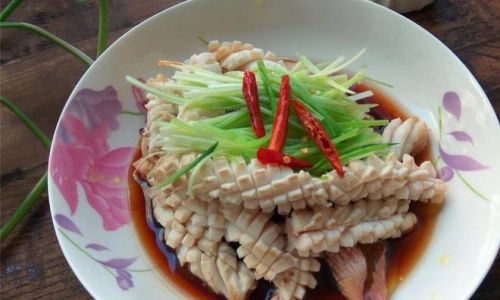
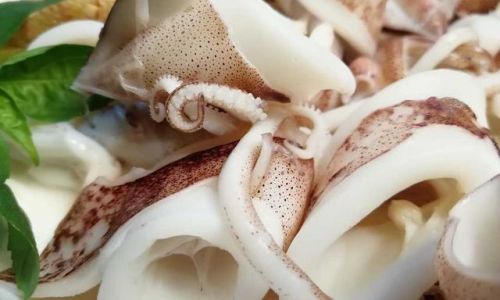
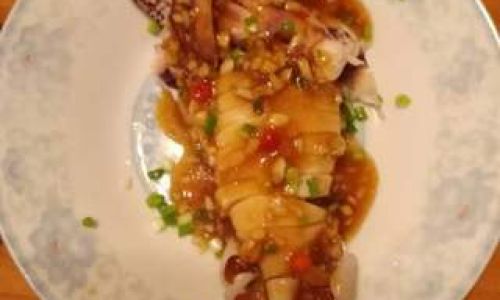
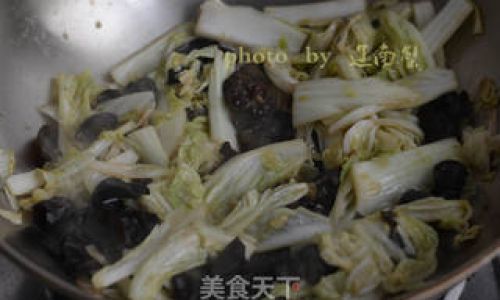
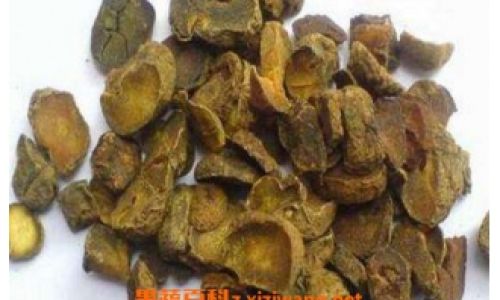
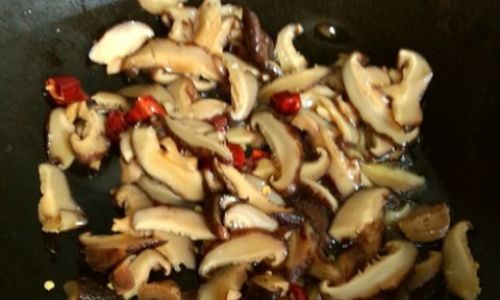
0 comments